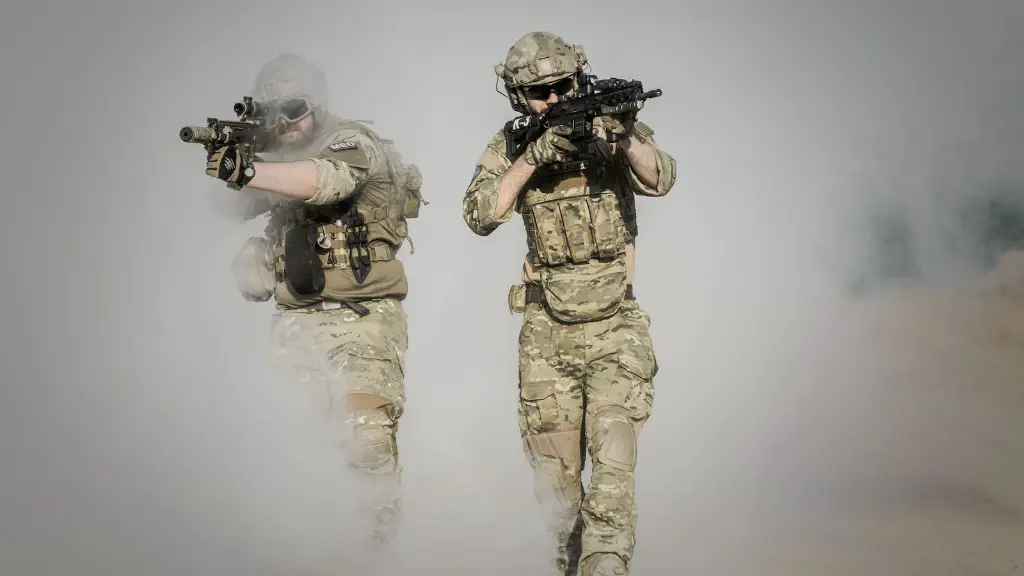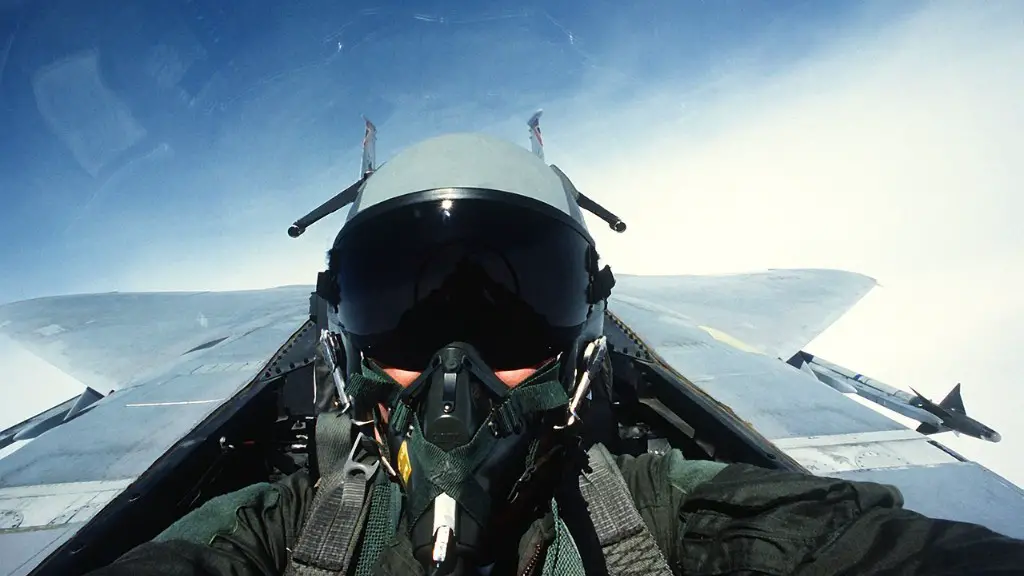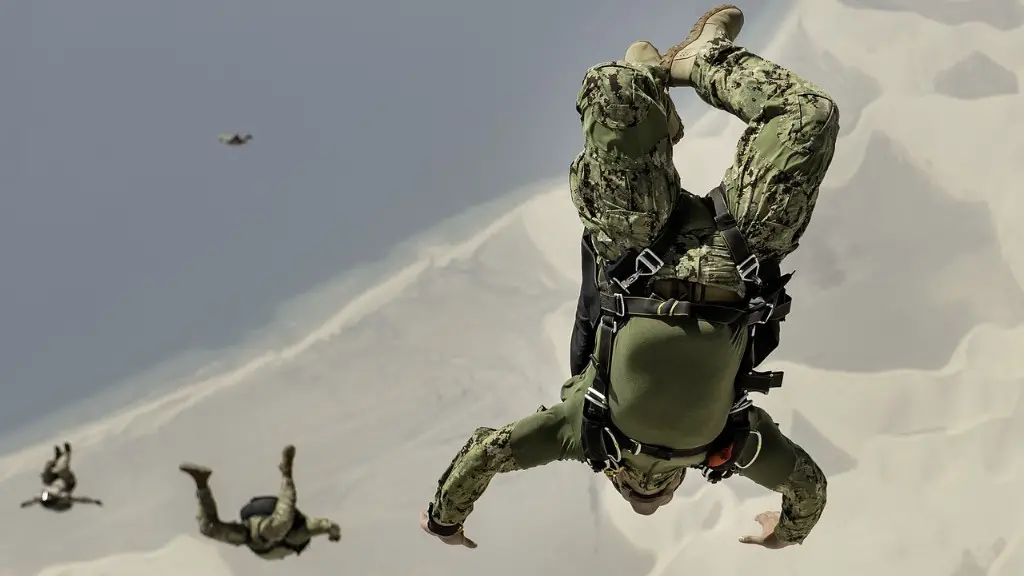The Chinese People’s Liberation Army (PLA) is the largest military force in the world. Each year, the PLA recruits new service personnel who embark on a rigorous military training program designed to shape them into well trained, disciplined soldiers. So, what is the Chinese PLA basic training like?
The PLA Basic Training is designed to develop physical strength and mental fortitude. The drills are conducted in a highly structured format and discipline is enforced. The recruits are physically tested through intense physical training. Calisthenics, long distance running, and individual and group martial arts may be included in the training program. Similarly, recruits are tested mentally with the use of lectures and drills that promote team building and leadership skills.
Physical and mental training are not the only focus of PLA basic training. Candidates must demonstrate proficiency in weapons training, hand-to-hand combat, field tactics, and military strategy. This includes practice with assault rifles and hand grenades, as well as mastering close-combat maneuvers such as bayonet fighting. Additionally, recruits may receive instruction in the use of special operations equipment and combat vehicles.
Furthermore, there is a significant emphasis on character development in the program. This includes lectures and seminars designed to train recruits in values such as national pride, fidelity, and an unwavering commitment to the service of their country. For those who enroll in a leadership program, the focus is on developing initiative, communication, and decision-making skills.
The intensity of the training is usually such that recruits become close with each other and form a strong bond. This is because the recruits face many challenges and hardships together. From physical exhaustion, to completing difficult duties, they must strive to overcome them together. Once completed, the training not only produces physically and mentally tougher individuals, but also develops a stronger sense of camaraderie and esprit de corps.
The PLA basic training is certainly tough, but it is also rewarding. Each year, thousands of recruits successfully complete the program and go on to serve their country with dignity and courage. As a result of their training, these soldiers are prepared to face difficult challenges and protect their homeland.
Weapons Training
Weapons training is a key component of any PLA basic training program. Recruits are trained on the proper use and maintenance of various types of firearms, including semi-automatic pistols, shotguns, and assault rifles. In addition to firearms training, candidates may be instructed in the use of special operations equipment such as explosives, ladders, and rappelling ropes. During weapons training, recruits learn to engage a target both with and without the aid of sights. They also participate in live-fire drills in which they practice shooting from various positions, such as prone, kneeling, and standing.
Field Tactics
Field tactics are a vital component of the PLA basic training program. Recruits learn how to advance in formation, how to take cover behind terrain or other objects, and how to effectively utilize different battlefield vehicles. They also learn how to recognize different enemy combatants and react appropriately. Training may also include engaging in small-scale mock battles with other recruits. Through repetition and practice, recruits develop an understanding of tactics, as well as confidence in their ability to survive on the battlefield.
Military Strategy
Military strategy is another important aspect of PLA basic training. Recruits are taught the basics of tactical planning and military strategy. This includes instruction in the principles of terrain analysis, troop positioning, and troop management. Recruits learn how to analyze a battlefield and create strategies to outmaneuver the enemy. Additionally, recruits may receive instruction in different types of warfare, such as guerrilla warfare and conventional warfare.
Leadership Development
For those who choose to enroll in the leadership program, additional focus is placed on developing leadership skills. Through lectures and seminars, recruits are taught how to identify a problem, analyze it, and create a plan to address it. They learn how to make difficult decisions, delegate tasks, and motivate their subordinates. Through hands-on practice, recruits become comfortable leading their fellow soldiers in a variety of exercises and drills.


